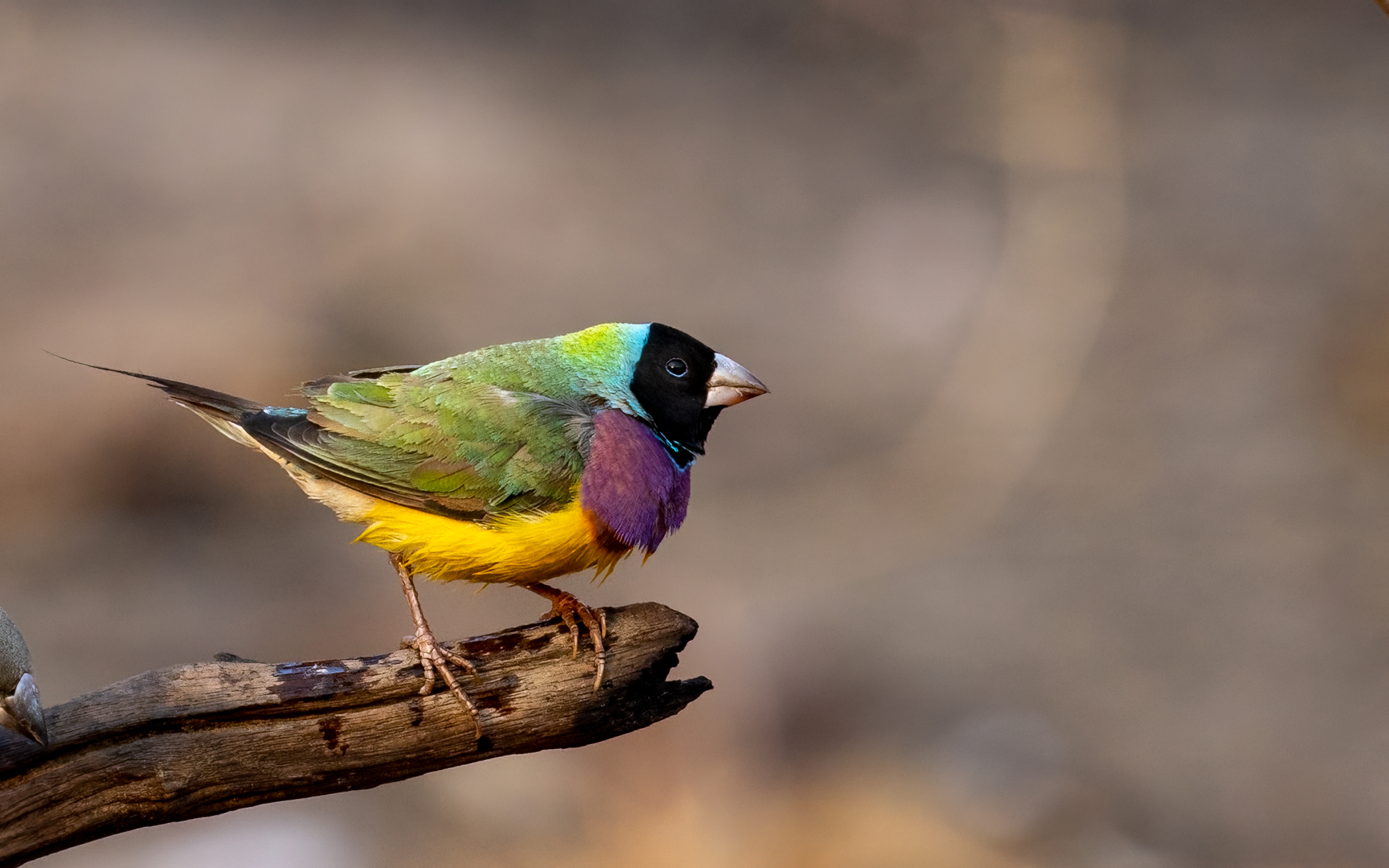| Common name | Pufferfish |
| Scientific name | Tetraodontidae |
| Type | Fish |
| Diet | Carnivore |
| Average lifespan | Up to ten years |
| Size | Between 2.5cm and 60cm |
The pufferfish is nothing but inventive when it comes to creative ways to avoid becoming somebody else’s dinner.
Filling their stomachs with huge amounts of water (and sometimes air), the pufferfish can blow themselves up to several times their regular size, intimidating their predators and making them a difficult snack to swallow.
If blowing up to the shape of a ball doesn’t scare away any would-be predators, then some pufferfish have spines on their skin to deter being eaten.
Other clever adaptions a pufferfish uses to keep itself safe include poisoning its enemies by secreting lethal toxins or even attacking other threatening animals with its beak-like teeth.
With over 120 species of pufferfish found across the globe, they are resilient and robust fish that can adapt to most environments, both freshwater and salt. Thriving in warm regions, pufferfish are typically solitary animals that prefer secluded environments with plenty of cover to hide in, such as coral reefs, reed-covered marshes and other areas where vegetation and water merge.
Although pufferfish vary in colour, size and skin texture, all puffers have the same inflatable air sack, four teeth that are fused together to form a type of beak and are scaleless. Feeding on invertebrates and algae, larger pufferfish will even use their beaks to crack open clams, mussels, and shellfish.
Pufferfish are highly toxic and contain tetrodotoxin, which makes them foul-tasting and poisonous to other fish. This unique substance also renders the puffer lethal to humans, with one single fish containing enough poison to kill 30 adults, with no known antidote. Despite an obvious toxicity, pufferfish are still considered an exotic delicacy in Japan. Known as fugu, this expensive treat is prepared only by trained, licensed chefs, with one wrong cut of fish leading to certain death for the customer.








